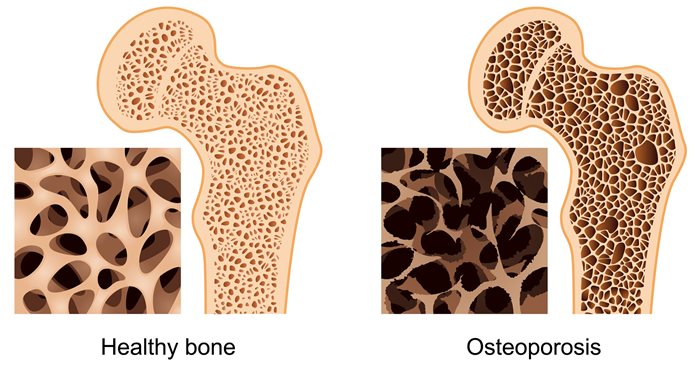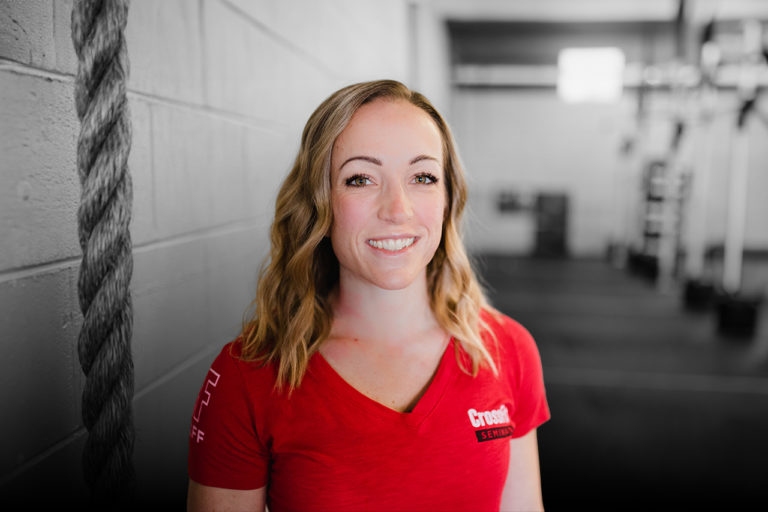Welcome to Part 2 of our “Primer on Protein” series, where we delve into the crucial role of nutrition as the base of the pyramid and interpret CrossFit’s nutrition prescription: “Eat meat and vegetables, nuts and seeds, some fruit, little starch, and no sugar.” The first two words — eat meat — serve as a simple placeholder for animal foods in general (beef, pork, chicken, fish, eggs, dairy, etc.), renowned for their high-quality dietary protein content. During digestion, dietary protein is broken down into 20 amino acids, the building blocks the body uses to construct every tissue, hormone, neurotransmitter, immune cell, etc. This underscores the vital role of protein in bone health, as every bit of you is built out of something you ate.
In this six-part series, we are exploring the underappreciated but necessary role of these “structural elements” of the diet, and all the weird and wonderful ways the body uses dietary protein to support good health.
Defining health as work capacity across broad time and modal domains across the years of your life, we started with skeletal muscle in Part 1 and will explore the skeleton itself in Part 2.
 While bones may appear as solid, unchanging structures, they are, in fact, living tissues that undergo a constant process of breakdown and rebuilding — much like our muscles. This dynamic nature of bones is often overlooked, but it is a key aspect of their health and strength. Sarcopenia (low muscle mass) and osteoporosis (low bone density) are frequently found together, leading to the term osteosarcopenia. Both conditions are undoubtedly linked to a lack of nutrition and resistance exercise.
While bones may appear as solid, unchanging structures, they are, in fact, living tissues that undergo a constant process of breakdown and rebuilding — much like our muscles. This dynamic nature of bones is often overlooked, but it is a key aspect of their health and strength. Sarcopenia (low muscle mass) and osteoporosis (low bone density) are frequently found together, leading to the term osteosarcopenia. Both conditions are undoubtedly linked to a lack of nutrition and resistance exercise.
When we think of bones, calcium often comes to mind. However, it’s important to note that about 50% of the dry weight of bone is actually protein. This protein, in the form of collagen, forms the structural matrix of bones, to which the minerals calcium and phosphorus attach, much like spackle. Collagen is the key to bones’ compressive and tensile strength, enabling them to support the body’s weight and withstand significant forces. It’s truly an amazing tissue, comparable to the strength of concrete.
Adequate protein intake is essential for bone formation and remodeling. Collagen requires large amounts of an amino acid called glycine and proline, hydroxyproline, and lysine. We find rich sources of these bone-building amino acids in foods cooked on the bone, such as ribs and roast turkey, and with the skin on, such as fish or chicken. Bone broth, a traditional food found in many cultures around the world, is also a wonderfully nutritious source of collagen-building amino acids and can be prepared from beef, pork, poultry, or fish. Knowing these dietary sources of protein can help you prepare a bone-healthy diet.
Diets lacking these foods are associated with lower bone mineral density (BMD) and an increased fracture risk. However, people who get more protein from these foods tend to have higher bone density. The source of our dietary protein matters for bone health, as does getting a high total amount of protein, especially for older adults. One analysis found adults aged 70-75 in the highest third of protein intake had higher BMD and lower risk of vertebral fracture when compared to those in the lowest tertile of protein intake. This correlation between protein intake and bone density can motivate you to make proactive dietary choices for your bone health.
In short, stronger bones = less dead.
Highly nutritious whole food sources of protein from meat (as the catchall term for beef, pork, chicken, seafood, dairy, etc.) provide the essential “structural” elements in the diet to build the strong muscles and dense bones we need to maximize our work capacity across broad time and modal domains. Across the years of life, those muscles and bones we built up allow us to survive and thrive, tackling any adversity or taking on any adventure that comes our way well into our 80s and 90s.
About the Author
 Jocelyn Rylee (CF-L4) and her husband David founded CrossFit BRIO in 2008, starting in a modest 1500 sq ft space and focusing on personal training. Her dedication to excellence has also earned her a position on CrossFit LLC’s Level 1 Seminar Staff, a role that allows her to share her passion and expertise with aspiring coaches. Jocelyn holds specialties in Endurance, Gymnastics, Competition, and Weightlifting and is also a certified Strength and Conditioning Specialist through the NSCA. As a Level 2 Olympic Weightlifting Coach and a Level 3 referee, she has been deeply involved in the sport, even serving as a board member of the Saskatchewan Weightlifting Association for five years. Her achievements include being Saskatchewan’s top-ranked female Olympic Weightlifter from 2012 to 2015, during which she held provincial records in the Snatch, Clean & Jerk, and Total in her weight class. With an MS in Human Nutrition, Jocelyn loves sharing her knowledge on nutrition and performance through her blog and Instagram as “The Keto Athlete,” where she delves into the science of nutrition and its impact on athletic performance.
Jocelyn Rylee (CF-L4) and her husband David founded CrossFit BRIO in 2008, starting in a modest 1500 sq ft space and focusing on personal training. Her dedication to excellence has also earned her a position on CrossFit LLC’s Level 1 Seminar Staff, a role that allows her to share her passion and expertise with aspiring coaches. Jocelyn holds specialties in Endurance, Gymnastics, Competition, and Weightlifting and is also a certified Strength and Conditioning Specialist through the NSCA. As a Level 2 Olympic Weightlifting Coach and a Level 3 referee, she has been deeply involved in the sport, even serving as a board member of the Saskatchewan Weightlifting Association for five years. Her achievements include being Saskatchewan’s top-ranked female Olympic Weightlifter from 2012 to 2015, during which she held provincial records in the Snatch, Clean & Jerk, and Total in her weight class. With an MS in Human Nutrition, Jocelyn loves sharing her knowledge on nutrition and performance through her blog and Instagram as “The Keto Athlete,” where she delves into the science of nutrition and its impact on athletic performance.
The Primer on Protein: Part 2 - Bones
1